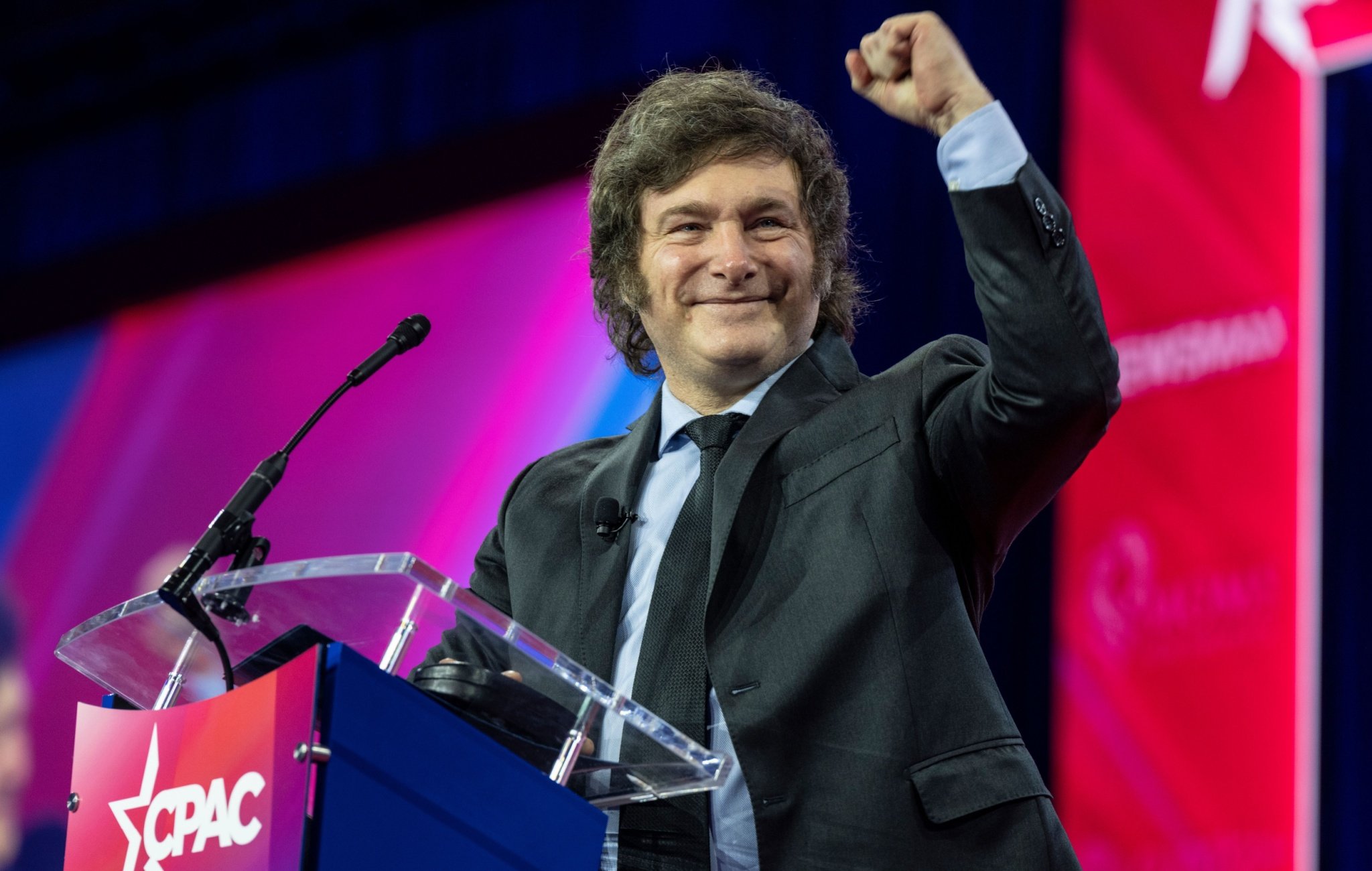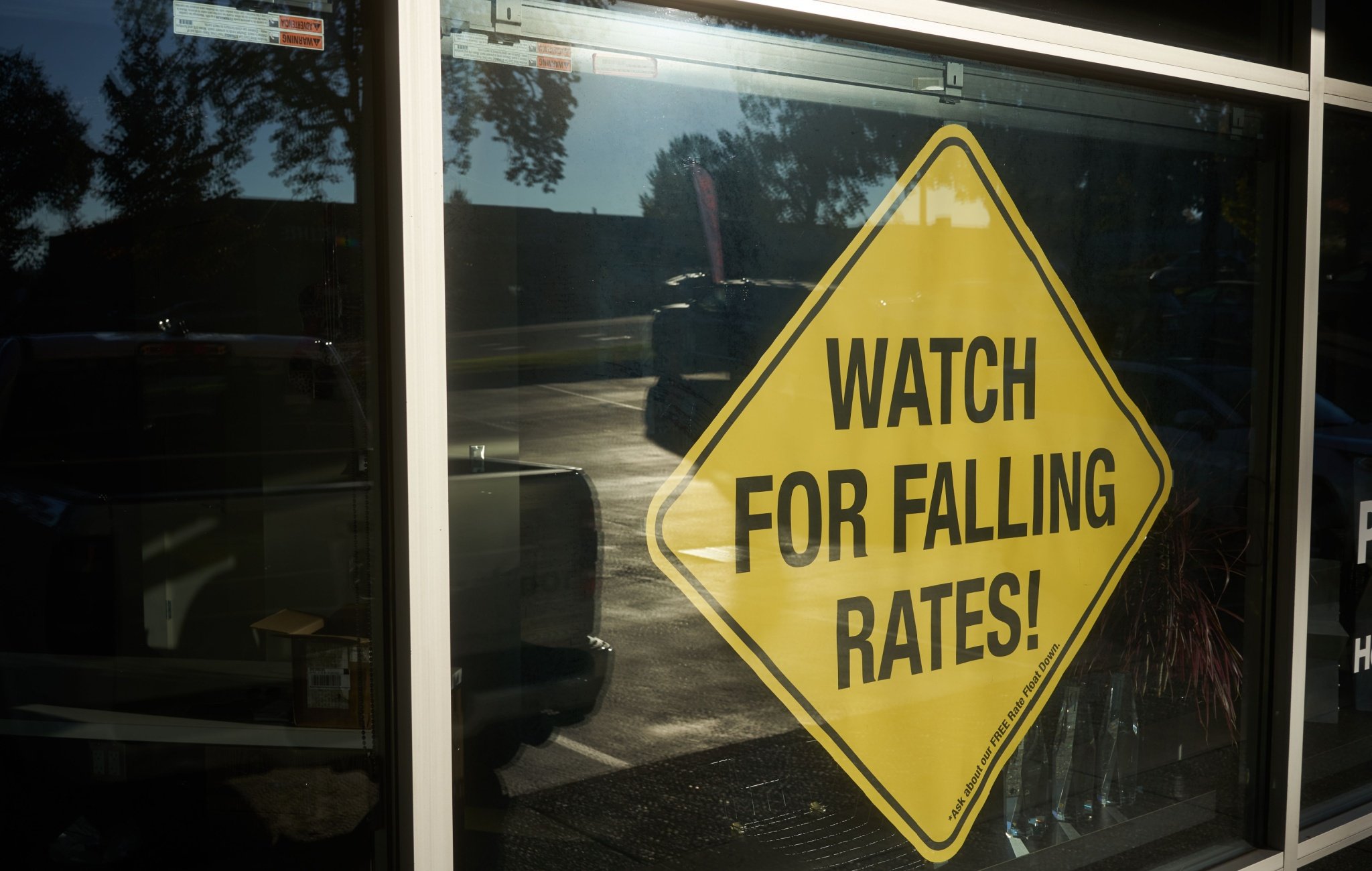Monetary policy influences inflation, employment, and economic activity. A stable but dynamic monetary system is vital for supporting economic growth, individual liberty, and a prosperous society. Therefore, we examine the causes and consequences of monetary policy (including inflation), identify ideal and practical steps towards a better monetary policy regime, and look at monetary alternatives and financial regulation.
Articles
Milei’s New Monetary Regime for Argentina
“Despite its controversial nature, full dollarization remains the monetary regime with the most potential for long-term stability in Argentina. It offers a credible pathway to restore confidence and put the country back on a sustainable economic trajectory.” ~Nicolás Cachanosky
Consumer Prices Decline in June
“Interest rates tell us monetary policy is very tight. The money supply tells us monetary policy is somewhat tight. Will the Fed interpret recent data as a signal it’s time to pivot?” ~Alexander W. Salter
Mortgage Rates Are Likely To Decline In the Near Future
“Not that long ago, the real rate on Treasury bills was negative. The real rate on Treasury securities is temporarily high due to the Federal Reserve’s policy goal of lowering the inflation rate.” ~Gerald P. Dwyer
June U-3 Jobless Rate Triggers Sahm Rule: Recession Ahead?
“This uptick triggers the Sahm Rule, a real-time recession indicator, suggesting that the US economy is in, or is nearing, a recession.” ~Peter C. Earle
Prices Decline in May, Monetary Policy Tightens
“Prices today are 8.9 percentage points higher than they would have been had the Fed hit its 2-percent inflation target since January 2020.”
There’s No Good Reason to Raise the Inflation Target
“Why not give the central bank a wider berth, if it helps to stabilize the economy? Because it doesn’t actually help. Interest rates are a distraction.” ~Alexander W. Salter
Sense and Nonsense on Petrodollars
“Myths and hyperbole aside, the weakening US-Saudi relationship is one instance amid a growing trend of diminishing US influence in global currency markets and international finance.” ~Peter C. Earle
FOMC Holds Rates, Revises Forward Guidance
“Just as the FOMC was slow to adjust policy when inflation surged in late 2021, it will be slow to adjust policy as inflation returns to and falls below its target in 2024.” ~William J Luther
Prices Stable in May: Time to Cut Rates?
“M2, the most commonly cited measure of the money supply, is up 0.53 percent from a year ago. Since real income and population are growing faster than this, current M2 growth also suggests money is tight. But this is speculative.” ~Alexander W. Salter
Politicizing Monetary Policy Won’t Fix the Fed’s Failings
“Even if one thinks Trump is well-suited to make interest rate decisions (and there is little reason to think he is), it does not follow that Trump’s proposed solution would improve monetary policy.” ~Nicolás Cachanosky
Research Publications
On the origins of cryptocurrencies
WJ Luther, N Sridhar. A Modern Guide to Austrian Economics, 200-215, 2022
Seigniorage payments and the Federal Reserve’s new operating regime
BP Cutsinger, WJ Luther. Economics Letters 220, 110880, 2022
Central bank independence and the Federal Reserve’s new operating regime
JL Jordan, WJ Luther. The Quarterly Review of Economics and Finance 84, 510-515, 2022
The Value of Bitcoin in the Year 2141 (and beyond!)
JR Hendrickson, WJ Luther. The Economics of Blockchain and Cryptocurrency, 51-68, 2022
Cash, crime, and cryptocurrencies
JR Hendrickson, WJ Luther. The Quarterly Review of Economics and Finance 85, 200-207, 2022
Book Review: Money and the Rule of Law: Generality and Predictability in Monetary Institutions
PC Earle. Quarterly Journal of Austrian Economics 24 (4), 2022
General Institutional Considerations of Blockchain and Emerging Applications
PC Earle, DM Waugh. The Emerald Handbook on Cryptoassets: Investment Opportunities and …, 2023
Cryptocurrencies, Blockchain, and Public Choice
RM Yonk, D Waugh. Cryptocurrency Concepts, Technology, and Applications, 2023
Money, Power, and the People: The American Struggle to Make Banking Democratic by Christopher W. Shaw
RE Wright. Journal of Interdisciplinary History 52 (4), 624-626, 2022
Stephanie Kelton, The Deficit Myth: Modern Monetary Theory and the Birth of the People’s Economy. New York: public affairs, 2020. Xi +325 pages. 30.00 USD …
TL Hogan. The Review of Austrian Economics, 1-4, 2022
War, money & economy: Inflation and production in the Fed and pre-Fed periods
TL Hogan, DJ Smith. The Review of Austrian Economics, 1-23, 2022
Comment on Docket No. OP-1793,’Principles for Climate-Related Financial Risk Management for Large Financial Institutions’
TL Hogan. OP-1793,’Principles for Climate-Related Financial Risk Management for Large …, 2023
Inflation, Tangential Goals, and the Fed’s Dual Mandate
TL Hogan. Cato Institute, 2022


















